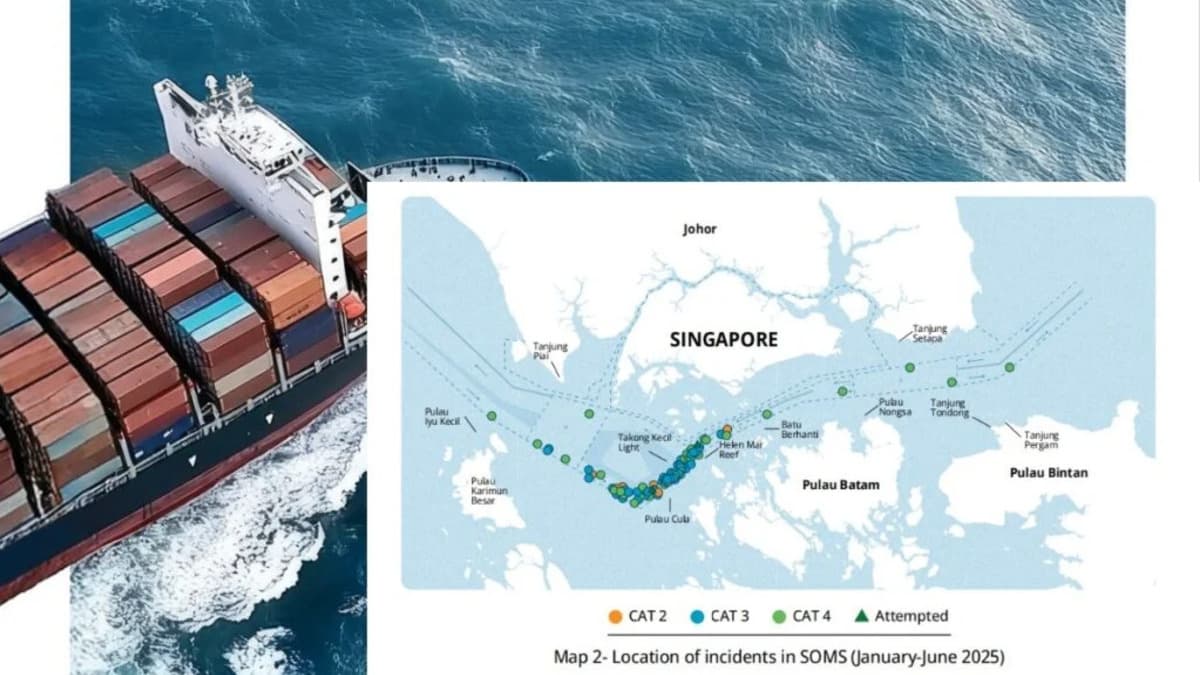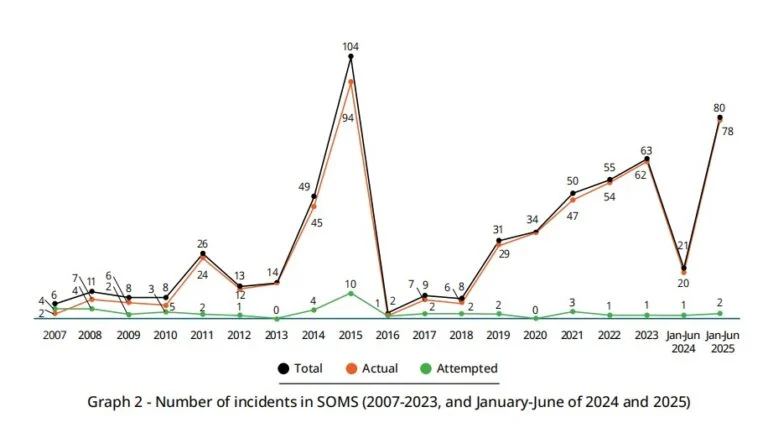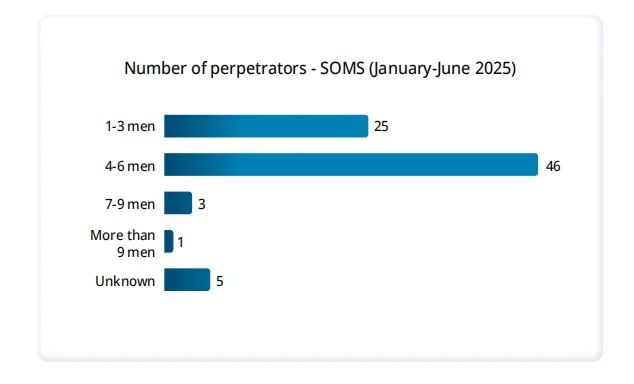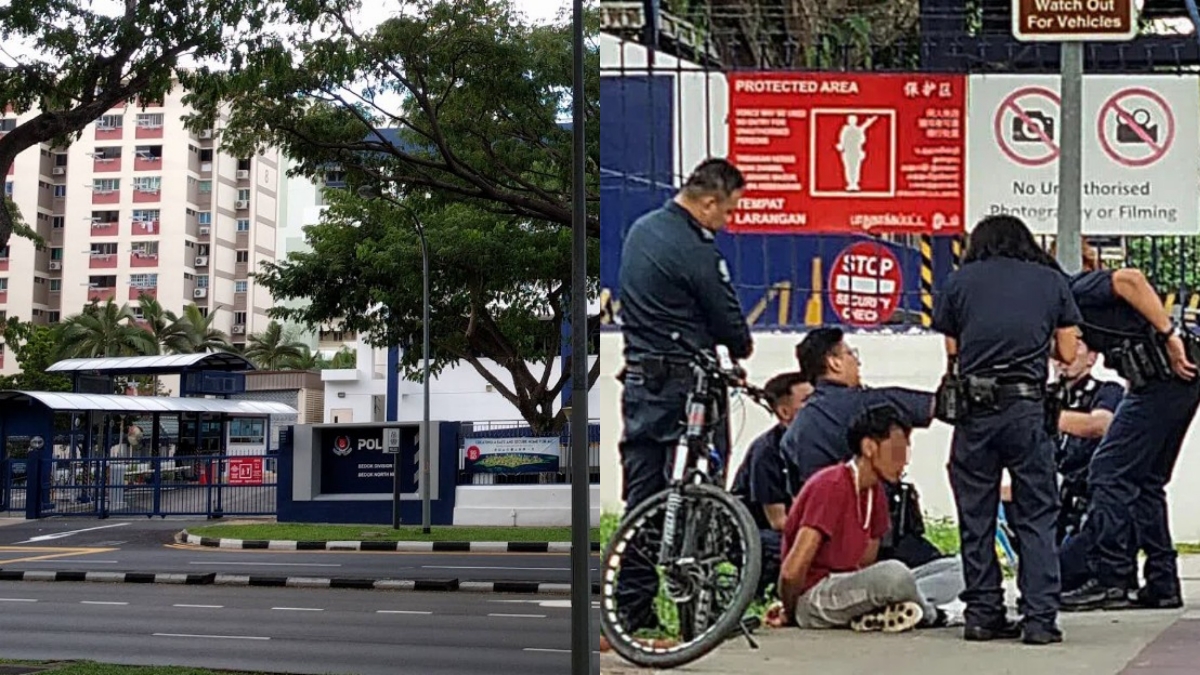Piracy incidents in Straits of Malacca and Singapore quadruple in 2025: ReCAAP
The number of piracy and armed robbery cases in the Straits of Malacca and Singapore surged nearly fourfold in the first half of 2025, according to ReCAAP ISC. Most incidents were low in severity but have raised safety concerns across the maritime industry.

- 80 incidents recorded in the first half of 2025, up from 21 in 2024
- Most cases involved petty theft with minimal confrontation
- Regional authorities step up patrols and collaboration to deter further incidents
A sharp rise in piracy and armed robbery incidents in the Straits of Malacca and Singapore has raised concern within the maritime community, though most cases have been classified as low in severity.
According to the Regional Cooperation Agreement on Combating Piracy and Armed Robbery against Ships in Asia (ReCAAP) Information Sharing Centre’s (ISC) half-yearly report released on 10 July 2025, a total of 80 incidents were recorded between January and June 2025.
This represents nearly a fourfold increase compared to the 21 cases reported during the same period in 2024. The incidents in the Straits accounted for 84 per cent of all 95 reported incidents across Asia in the first half of the year.

Significant increase but low severity
At a media briefing in Singapore, ReCAAP ISC Executive Director Vijay D Chafekar said that while the number of incidents has surged, they remain less severe than piracy cases in other parts of the world.
“There has not been a serious piracy case in Asian high seas for four to five years,” he said. “Most cases here involve petty thefts with minimal confrontation.”
ReCAAP ISC’s report confirmed that none of the 80 incidents in the Straits were classified as Category 1 cases, which typically involve hijacking or severe violence. Seven incidents were classified as Category 2, involving armed perpetrators carrying knives or gun-like objects.
Six of these incidents took place on bulk carriers and one on a container ship.
Crew safety and psychological impact
While the majority of incidents were minor, Chafekar emphasised that the presence of intruders on board remains a serious concern.
“A knife-wielding person on board, even if no one is harmed, has a huge psychological impact on the crew,” he said.
In one case, a crew member sustained a minor head injury, while in four other cases, crew members were restrained by the perpetrators.
Items commonly stolen included personal effects, engine parts, and other ship equipment.
The report also noted that most attacks occurred while ships were underway, particularly during nighttime hours when visibility was low.
Bulk carriers were the most frequently targeted vessels, followed by tankers and container ships. Small groups of four to six perpetrators often used unlit boats to approach and board vessels undetected.

Preventive measures and industry response
In response to the rise in incidents, ReCAAP ISC convened a dialogue with shipping stakeholders on 10 July 2025 to discuss enhanced cooperation and preventive actions.
ReCAAP ISC Deputy Director Lee Yin Mui encouraged ship crews to report sightings of suspicious small boats immediately.
She highlighted an incident in which a crew’s timely warning to another nearby vessel helped prevent an attempted boarding.
“This practice of looking out for one another is crucial, especially at night when small boats are harder to detect,” she said.
Regional enforcement and collaboration
Authorities from littoral States bordering the Straits have stepped up coordinated patrols under frameworks such as the Malacca Strait Patrol and the Coordinated Patrol Indonesia-Singapore to deter further incidents.
Shipmasters have been urged to remain vigilant and adopt security measures including increased watchkeeping, use of CCTV systems, and securing access points on board.
ReCAAP ISC has also issued several incident alerts in 2025 and continues to update maritime operators through its Re-VAMP dashboard. Authorities are encouraging the submission of CCTV footage from affected vessels to aid in ongoing investigations.
Shared responsibility at sea
While the Straits have seen a significant spike in cases, other areas in Asia have recorded improvements.
Bangladesh, Indonesia (excluding the Straits), and the Philippines reported fewer incidents compared with the same period last year.
Notably, the Sulu-Celebes Seas — once a high-risk zone for crew abductions — recorded no incidents in the first half of 2025. The threat level for abductions in that region has since been downgraded to “low”.
ReCAAP ISC reiterated that combating piracy and armed robbery requires continued collaboration among regional States, the shipping industry, and ship crews.
“With half of the world’s annual seaborne trade passing through these waters, continued vigilance is essential to keep these vital routes safe,” Chafekar said.
Shipping companies are encouraged to maintain best practices, including securing all access points, keeping open communication with coastal authorities, and increasing watch rotations during high-risk transits.








0 Comments